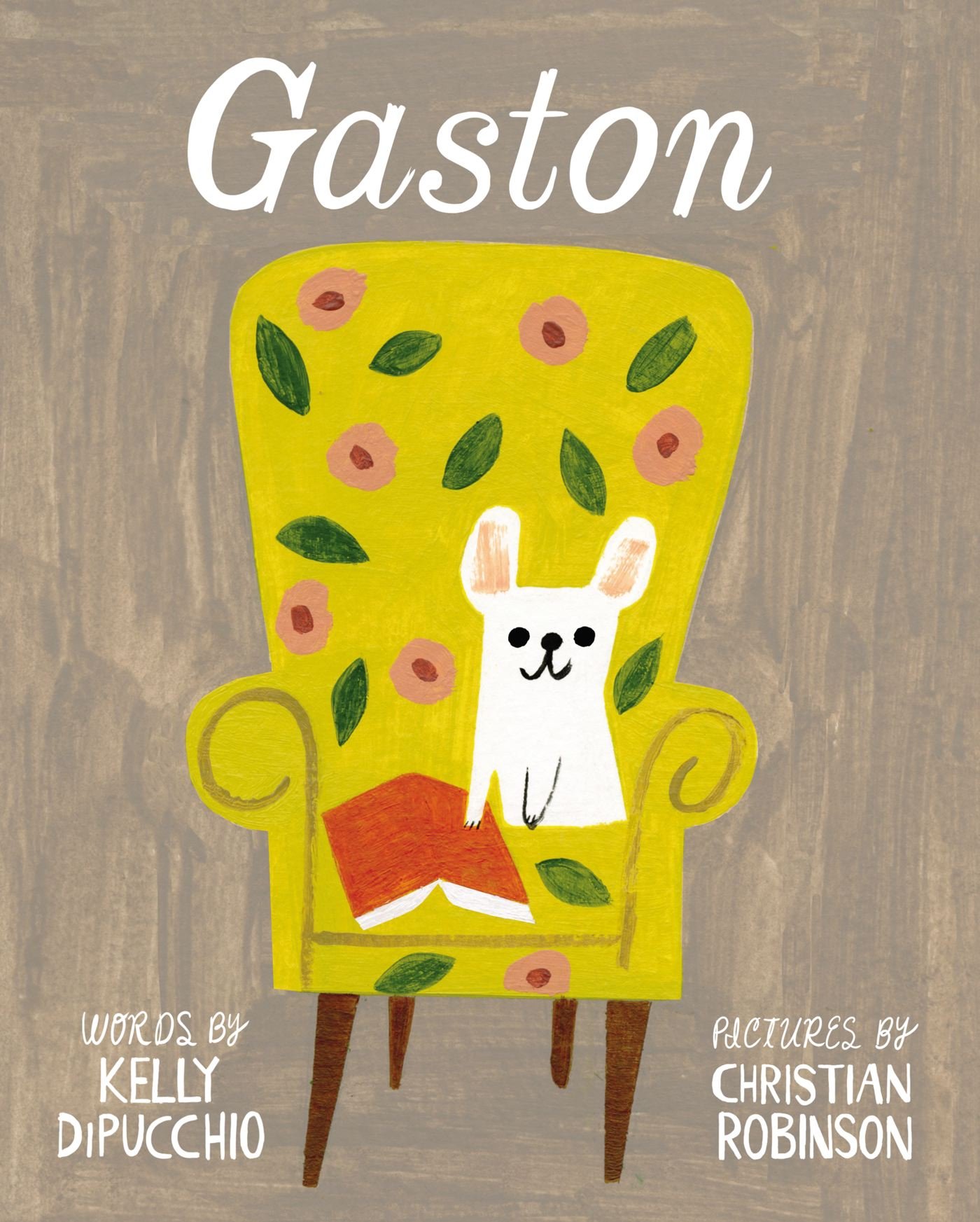Alas, I cannot yet report on the books I was reading last week....because I haven't finished them yet. (I am **this** close to finishing The Hero's Guide to Saving Your Kingdom by Christopher Healy!)
But I had to write something today, so I took a break and read all these wonderful books I picked up at the Scholastic Reading Summit last Tuesday. I can't wait to get them into the school library!

I sent an email reminder to myself to get a copy of A Fine Dessert by Emily Jenkins after reading The Styling Librarian's blogpost review last Monday...and there it was in the Scholastic bookfair on Tuesday! The author takes us on a fascinating journey through history by following the recipe for blackberry fool. We learn how it was made in four different centuries, two countries, and four different families. As the author writes in her notes, there is a lot that can be discussed through this book: changes in food gathering, preparation, and refrigeration; changes in clothing and gender roles; slavery in the United states; and a common love for sweet desserts! The recipe is included, and be sure to read illustrator Sophie Blackall's notes as well--there is a surprise detail about the endpapers! I'll be sure to display A Fine Dessert in November with other books featuring food and family.
I am a sucker for children's picture dictionaries; I think they are a fabulous resource for young beginning writers as well as ELL students. I especially like the ones where words are grouped by category; First Words by Dawn Machell and Jane Horne gathers words in familiar groups such as clothes, foods, family members, and animals. There are a lot of pictures and words per page, which makes this a great resource for primary grades or a book to explore together with a younger child.
Flora and the Penguin is Molly Idle's follow-up to Caldecott Honoree Flora and the Flamingo. Wordless and using spare imagery in soft wintry shades of white and blue, we watch Flora and her ice-skating penguin partner as they dance; Idle's innovative use of flaps moves the action along a timeline (compare with comic book frames). I love using wordless books to teach story elements and provide students struggling with writers' block with a nudge to put their own words to the pictures.
Nana in the City by Lauren Castillo is another Caldecott Honor Book, illustrated in bright tones with heavy black lines and lots of details. A young boy is hesitant about visiting his grandmother in the loud, scary city. Nana knows what to do; she knits a superhero cape to inspire bravery in her grandson, and together they explore the wonders of city life. This would be a fun and easy read to pair with your favorite version of "City Mouse, Country Mouse".
Last, but not least--my two signed books by Kate Messner, Up in the Garden and Down in the Dirt, illustrated by Christopher Silas Neal, and How to Read a Story, illustrated by Mark Siegel. Ms. Messner read the latter to us at the Reading Summit, and I immediately thought it would be perfect at the beginning of the school year when we talk about choosing good-fit books in the library. She covers all the bases--choosing a book for your audience, making a prediction from the cover and title, using context clues to sound out words. Up in the Garden was purchased with our school's garden PBL project in mind, but it could be used in units about soil, the seasons, insects, and the environment. I like having books written by the same author but with different illustrators, because they can spark discussions about art styles and the editorial decisions behind matching the art to the story.
It was nice to take a break from my chapter books and feast my eyes on these wonderful picture books. I'm looking forward to sharing them with my students in the library!













